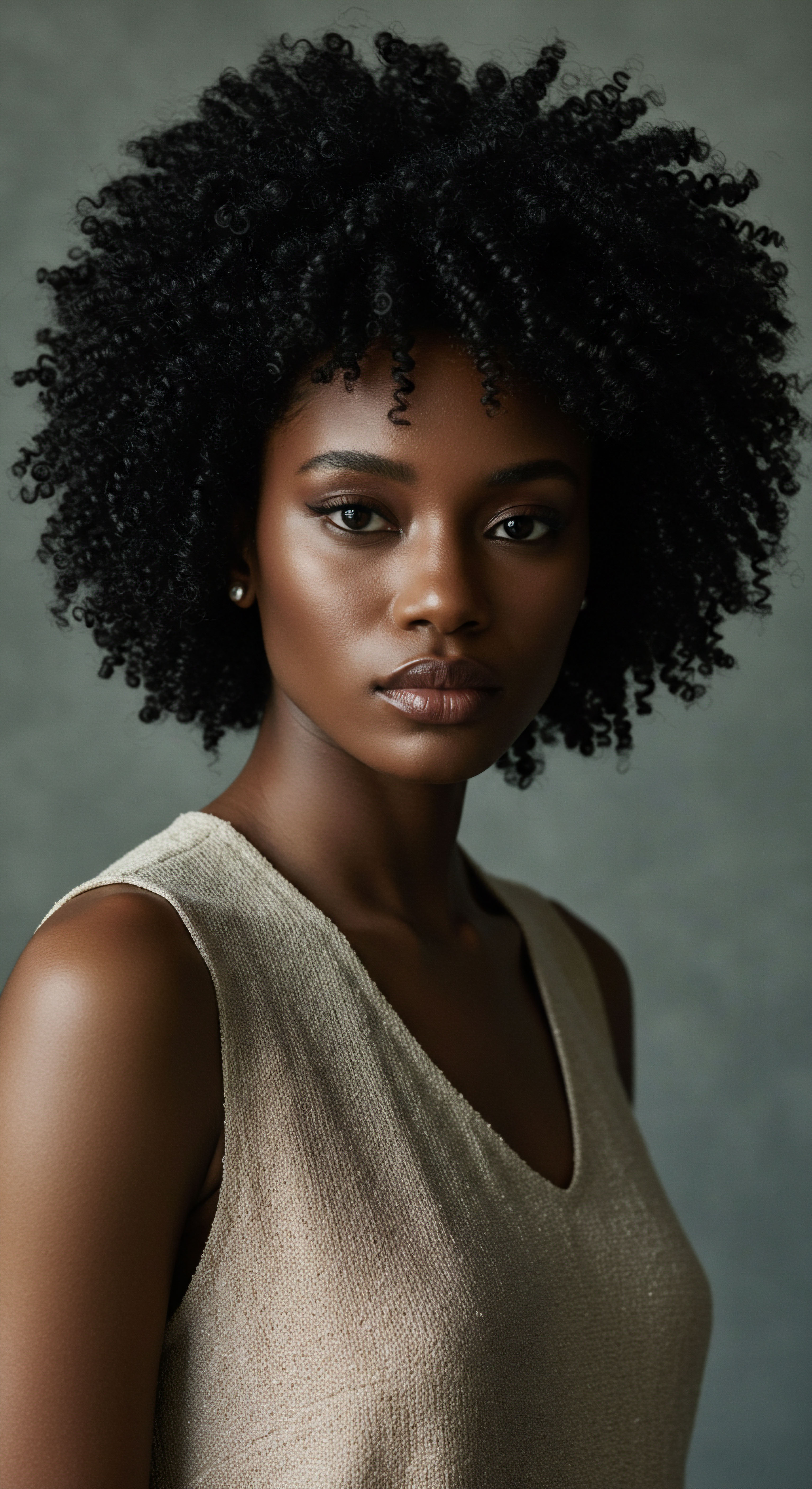
Roots
The quiet rustle of fabric, the gentle weight upon the crown, the subtle framing of a face—these are not mere adornments. They are echoes of a shared past, whispered affirmations of belonging that resonate across cultures and continents. Head coverings, in their myriad forms, extend far beyond simple fashion or protection from the elements.
They represent a profound language, a silent dialogue between the individual and their community, a tangible expression of heritage and collective identity. To truly comprehend their significance, one must delve into the deep currents of human history and societal construction, recognizing that these seemingly simple pieces of cloth carry stories centuries old.
Consider the earliest instances of head covering, not as a mandate, but as an organic response to the environment and the burgeoning sense of self within a group. From nomadic tribes shielding themselves from sun and sand to ancient civilizations denoting rank and role, the practice arose from both practical necessity and an intrinsic human drive to signify. These early forms, perhaps woven from natural fibers or animal hides, began to accrue meaning, becoming symbols of status, protection, and a nascent sense of collective identity. The act of covering the head became intertwined with the very fabric of communal life, shaping perceptions and interactions.

A Shared Heritage in Adornment
The human propensity for adornment, particularly of the head, appears to be as old as humanity itself. Archaeological findings consistently point to early humans decorating their heads with natural elements like feathers, shells, and leaves. These were not random choices; they were likely imbued with symbolic power, connecting the wearer to the natural world, spiritual beliefs, or social hierarchies. The head, often perceived as the seat of consciousness and spiritual energy, became a primary canvas for conveying messages about who one was and to whom one belonged.
Over millennia, as societies grew more complex, so did the semiotics of head coverings. What began as practical solutions evolved into sophisticated systems of communication. The materials, colors, styles, and even the manner of wearing a head covering could communicate a wealth of information ❉ one’s marital status, age, social standing, religious devotion, or tribal affiliation. This visual lexicon allowed for immediate recognition and understanding within a community, reinforcing social cohesion and cultural norms.
Head coverings serve as a visual lexicon, silently communicating an individual’s deep connections to their community and heritage.
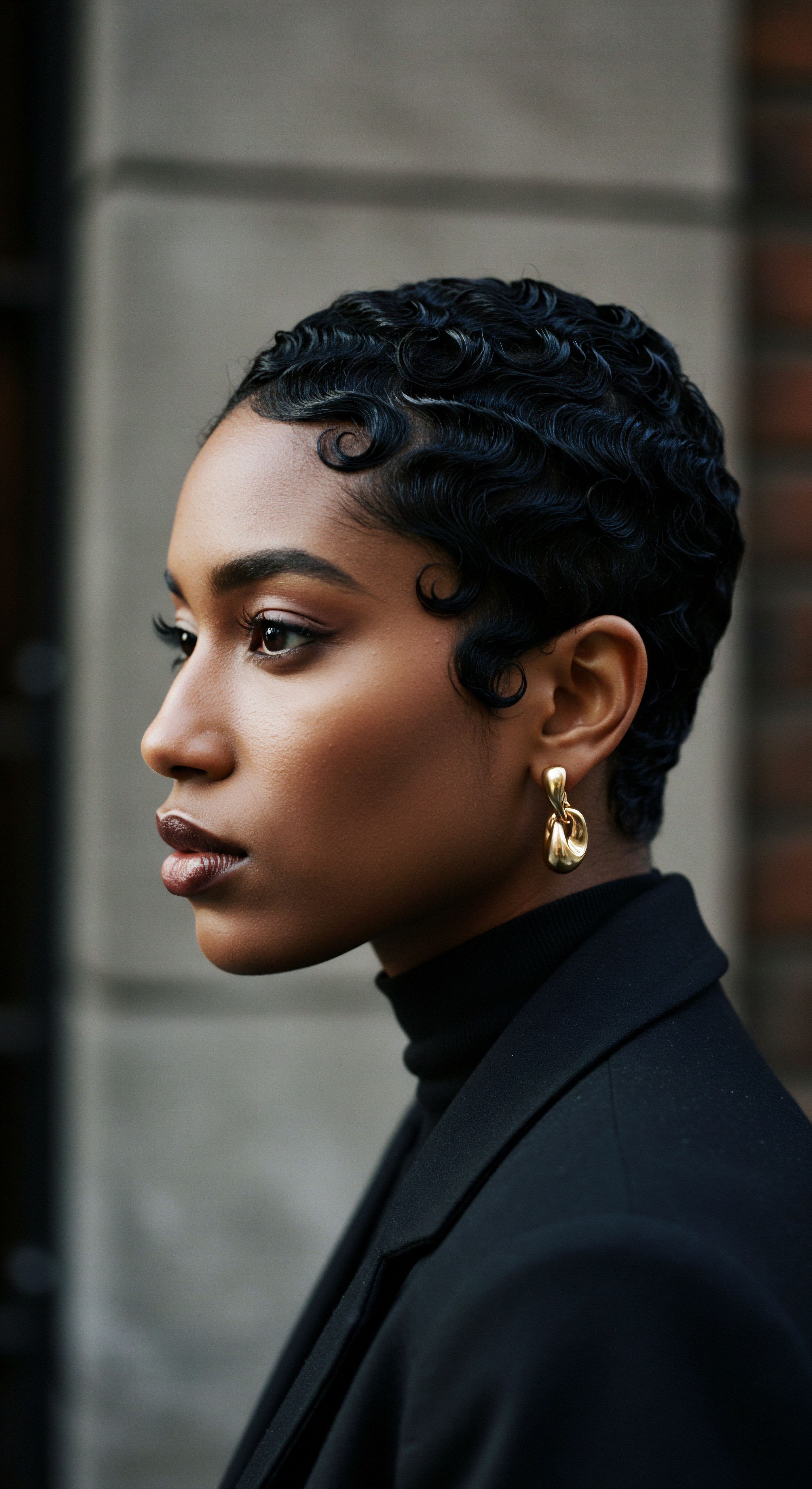
Understanding the Foundational Meanings
The core of understanding how head coverings show cultural belonging lies in recognizing their foundational meanings. These meanings are often layered, with practical origins evolving into spiritual or social significance.
- Protection and Practicality ❉ Many head coverings originated from the simple need to protect against environmental factors like harsh sun, cold, or dust. The Bedouin keffiyeh, for instance, serves as a shield against desert elements, while its checkered pattern has come to symbolize Arab identity and even solidarity with Palestinian liberation.
- Modesty and Piety ❉ In numerous religious traditions, covering the head signifies humility, reverence, and spiritual devotion. This practice is prominent in Islam with the hijab, niqab, or chador; in Judaism with the kippah for men and various coverings for married women; and historically in certain Christian denominations.
- Status and Authority ❉ Across diverse cultures, headwear has been a powerful indicator of social standing, leadership, or wealth. Crowns, mitres, and elaborate headdresses immediately convey authority and rank. The materials used, such as precious metals, rare feathers, or intricate beadwork, further amplify this message.
These foundational meanings, though seemingly distinct, often overlap and intertwine, creating a rich tapestry of cultural expression. The very act of choosing to wear a particular head covering, even in contemporary times, can be a conscious affirmation of these historical and communal ties.
| Historical Period Prehistoric Era |
| Primary Significance Protection, early symbolic adornment |
| Examples Animal hides, natural fibers, feathers |
| Historical Period Ancient Civilizations |
| Primary Significance Status, social role, early religious practice |
| Examples Pharaohs' nemes, Roman veils, early crowns |
| Historical Period Medieval to Early Modern |
| Primary Significance Modesty, religious adherence, occupation, wealth |
| Examples Wimples, coifs, turbans, elaborate hats for gentry |
| Historical Period Modern Era |
| Primary Significance Religious identity, cultural affiliation, political statement, fashion |
| Examples Hijabs, turbans, kippahs, contemporary fashion hats |
| Historical Period The meanings ascribed to head coverings have consistently adapted to societal shifts while retaining core communicative functions. |

Ritual
The daily act of selecting a head covering, or the preparation for a ceremonial donning, often carries a quiet weight, a connection to practices passed down through generations. This is where the profound understanding of head coverings as cultural belonging truly begins to resonate, moving from abstract concepts to lived experience. It is within the rhythm of these rituals—whether personal, familial, or communal—that the tangible link between an individual and their heritage solidifies. The gentle draping of a scarf, the careful positioning of a cap, or the intricate wrapping of a turban transforms an ordinary object into a vessel of shared meaning, a silent testament to continuity.
Consider the morning ritual of a Sikh man carefully tying his Dastar, or turban. This is not a rushed affair; it is a meditative practice, a commitment to principles of equality, devotion, and spiritual discipline. Each fold is a reaffirmation of his faith, a visible declaration of his identity to the world.
Similarly, for many Muslim women, the donning of a Hijab becomes a daily act of piety and self-expression, a personal decision rooted in spiritual dedication and modesty. These are not simply garments; they are integral components of daily life, imbued with personal and collective significance through consistent, intentional practice.
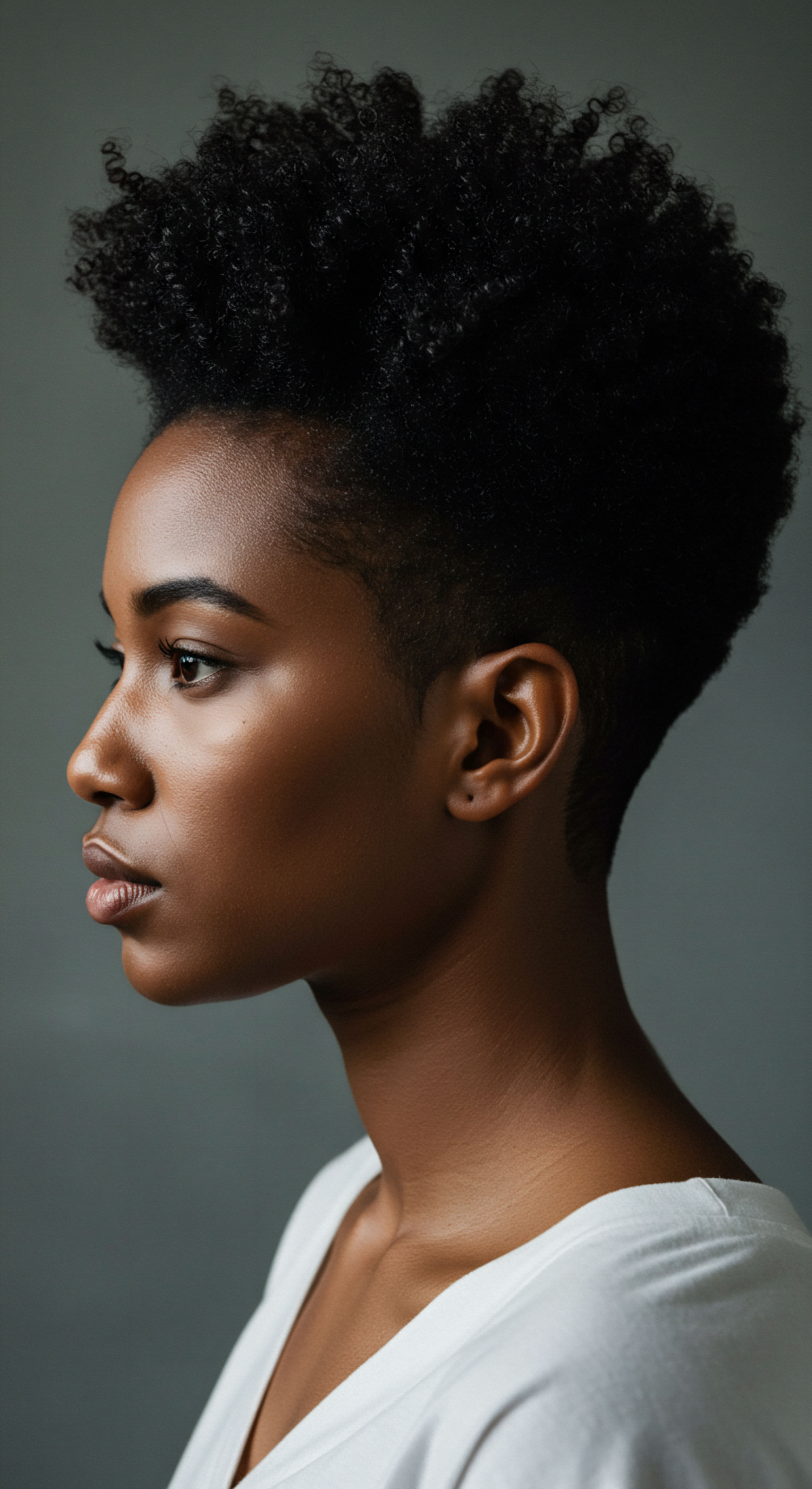
Daily Practices and Personal Affirmation
The routines surrounding head coverings often serve as a grounding force, connecting individuals to their cultural and religious lineage in a very intimate way. For a Jewish married woman, the choice of a Tichel, a wig (sheitel), or a hat to cover her hair after marriage is a deeply personal expression of modesty and spiritual purity, a practice with roots stretching back centuries. This daily decision is a quiet, yet powerful, affirmation of her commitment to her faith and her community.
These practices are not static; they evolve, adapt, and are often reinterpreted by each generation. A young woman might choose a contemporary style of headwrap that speaks to both her ancestral roots and her modern aesthetic, demonstrating how tradition can fluidly intersect with individual expression. The continuity of these practices, however, maintains the core message of belonging, regardless of stylistic shifts.

Communal Ceremonies and Collective Identity
Beyond individual daily routines, head coverings play a central role in significant communal ceremonies, acting as visible markers of shared identity and collective celebration.
- Rites of Passage ❉ Headwear often marks transitions in a person’s life. From ceremonial caps worn at graduations to elaborate headpieces at weddings, these signify shifts in status, age, or role within a community. The donning of a specific head covering can symbolize entry into adulthood, marriage, or a new phase of spiritual commitment.
- Religious Observances ❉ During religious services, festivals, or pilgrimages, specific head coverings are often required or traditionally worn. This uniformity in attire can foster a profound sense of unity and shared purpose among worshippers. The mitre of a bishop, the kippah of a Jewish man during prayer, or the specialized hats worn by Tibetan Buddhist monks during rituals all denote spiritual office and connection to the divine.
- Cultural Celebrations ❉ In many cultural festivities, traditional headwear is donned as a vibrant expression of heritage and pride. These can range from the feathered headdresses of certain Indigenous Peoples, representing bravery and spiritual connection, to the colorful headwraps seen in various African cultures, indicating marital status or social rank.
Rituals surrounding head coverings, from daily donning to ceremonial display, affirm personal identity and solidify collective bonds.
The careful construction and wearing of these ceremonial pieces are often acts of artistry in themselves, with patterns, materials, and techniques passed down through oral tradition or skilled apprenticeship. They are not merely objects, but living extensions of cultural memory.

The Intimate Dance of Identity and Material
The material choices for head coverings also hold significant meaning, often reflecting the natural resources, craftsmanship, and aesthetic values of a culture. Consider the delicate silk of a Japanese Uchikake headpiece, the vibrant cotton of a West African Gele, or the sturdy wool of a Scottish Bonnet. Each material tells a story of climate, trade, and traditional skills.
The preparation of the hair beneath the covering is also a vital, often unseen, ritual. For many with textured hair, this involves protective styling, such as braids or twists, ensuring the hair is nurtured and preserved. The use of bonnets and scarves at night, a cornerstone of textured hair care, extends this ritual of protection into the personal, quiet hours, ensuring the hair remains vibrant and healthy for its public presentation. This holistic approach underscores that the head covering is not separate from the hair it conceals; rather, they are intrinsically linked in a dance of care, culture, and identity.
| Community/Faith Sikhism |
| Head Covering Dastar (Turban) |
| Associated Ritual/Meaning Daily tying, symbol of equality, devotion, spiritual discipline |
| Community/Faith Orthodox Judaism (Women) |
| Head Covering Tichel, Sheitel (Wig), Hat |
| Associated Ritual/Meaning Post-marriage modesty, spiritual purity, daily practice |
| Community/Faith Islam (Women) |
| Head Covering Hijab, Niqab, Chador |
| Associated Ritual/Meaning Daily expression of modesty, piety, spiritual dedication |
| Community/Faith Indigenous Peoples (e.g. Plains Indians) |
| Head Covering Feathered Headdress |
| Associated Ritual/Meaning Ceremonial wear, symbol of bravery, leadership, spiritual connection |
| Community/Faith Various African Cultures |
| Head Covering Gele (Headwrap) |
| Associated Ritual/Meaning Signifies marital status, wealth, social rank, cultural celebration |
| Community/Faith Each head covering is more than fabric; it is a living practice, steeped in cultural or religious ritual. |

Relay
The profound impact of head coverings on cultural belonging extends into realms far more complex than mere aesthetics or historical practice. Here, we step into the intricate interplay of social perception, political discourse, and the subtle, yet powerful, ways these garments shape both internal self-identity and external societal interactions. The meaning of a head covering is not static; it is a dynamic dialogue, continually reinterpreted by individuals, communities, and the wider world, often becoming a focal point for questions of assimilation, autonomy, and the very definition of difference. This layered understanding requires a consideration of how head coverings act as semiotic devices, signaling affiliations and sometimes inviting societal responses that range from recognition to discrimination.
Consider the case of the Hijab, a head covering worn by many Muslim women. While it is a personal expression of religious devotion and modesty, its public presence in Western societies has frequently ignited debates surrounding integration, secularism, and individual rights. This is a garment that, for many, is a profound personal choice, yet it can be perceived by others as a symbol of otherness, sometimes leading to prejudice and discrimination. The head covering, in this context, becomes a highly visible marker, prompting a cascade of societal responses that underscore its potent role in defining and challenging cultural boundaries.

How Do Head Coverings Shape Social Perception and Identity?
Head coverings are powerful visual cues, influencing how individuals are perceived and how they, in turn, perceive themselves. This dynamic relationship is multifaceted, drawing on principles of social identity theory and semiotics. When someone wears a head covering, they are not only expressing a personal or religious conviction but also signaling their membership in a particular group. This signal can elicit both positive in-group recognition and, regrettably, out-group bias.
A study exploring the perceptions of women wearing the hijab found that while Muslim men’s ratings of attractiveness and intelligence were positively correlated with their self-reported religiosity, non-Muslim men generally rated veiled women more negatively than unveiled women. This research highlights how the same garment can elicit vastly different interpretations based on the perceiver’s cultural and religious background, demonstrating the subjective nature of semiotic interpretation in a multicultural context.
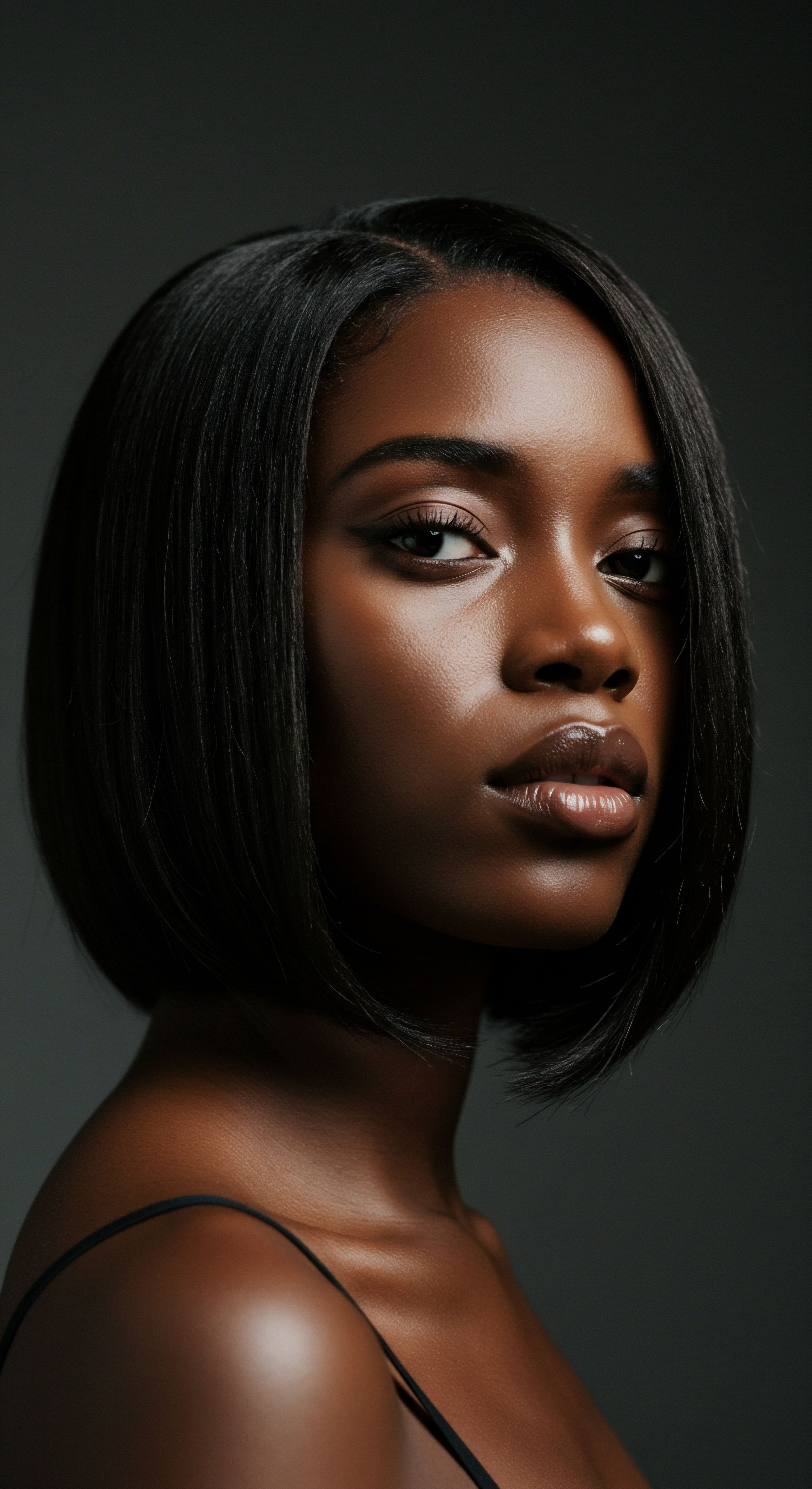
The Semiotics of Headwear
The field of semiotics offers a lens through which to comprehend the layered meanings embedded within head coverings. Every aspect—from the choice of fabric to the style of draping—functions as a signifier, pointing to a deeper signified meaning. For instance, the traditional Indonesian black Songkok hat, worn by male national heroes, serves as a representamen (sign) that signifies cultural knowledge and national identity, particularly for the elite community. This is not merely a hat; it is a statement, a visual shorthand for a complex set of cultural values.
The deliberate decision to wear a specific head covering, therefore, is an act of self-definition, a declaration of allegiance to a particular cultural narrative. This is particularly salient for individuals navigating multiple cultural landscapes, where the head covering can become a conscious anchor to their heritage.
Beyond personal choice, head coverings serve as complex semiotic devices, actively shaping social perception and belonging in a globalized world.
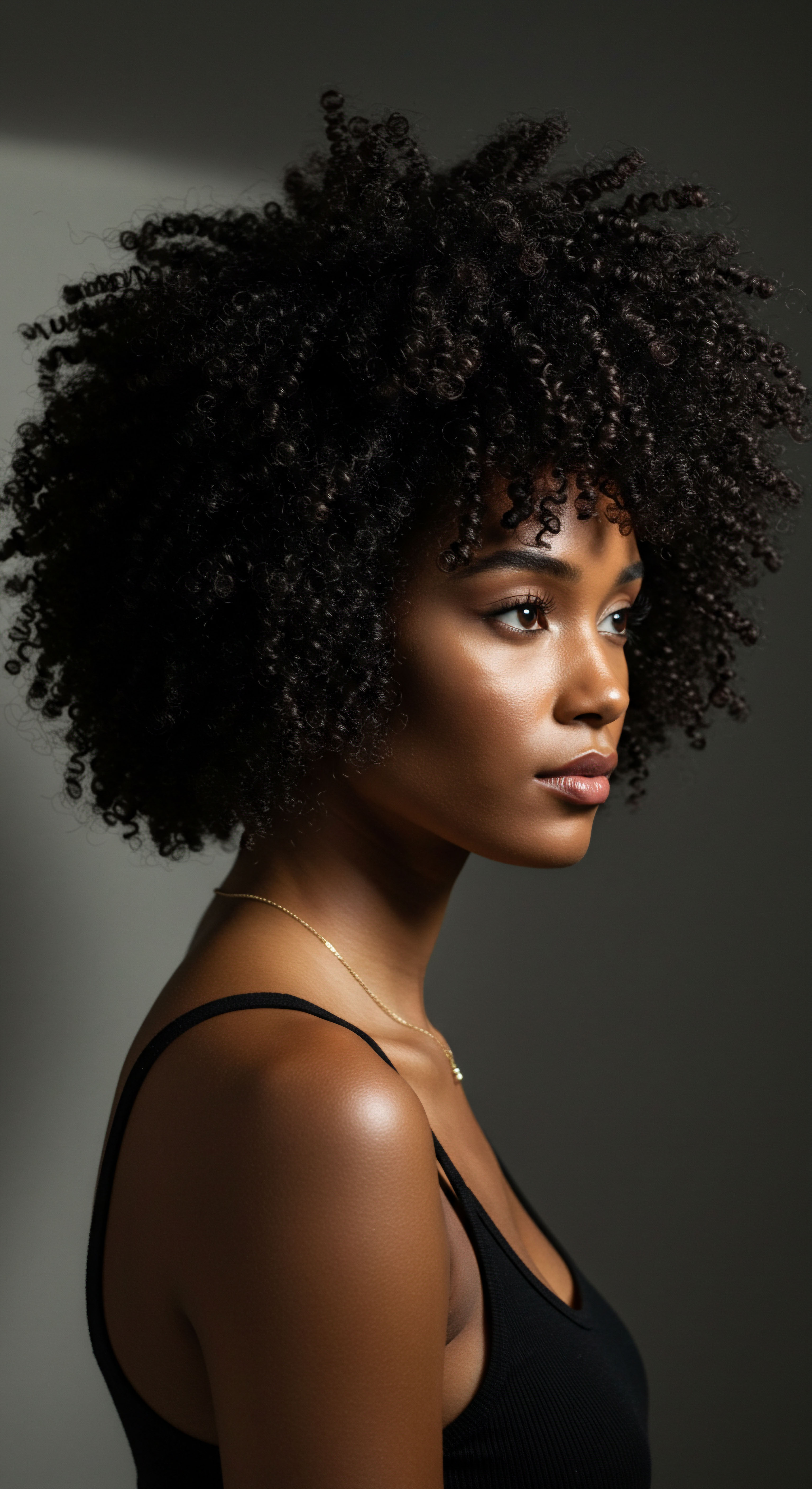
The Unseen Pressures ❉ Navigating Identity and Discrimination
While head coverings serve as affirmations of belonging, they can also become points of contention, exposing individuals to societal pressures and discrimination. This is a critical, often challenging, aspect of their cultural significance.
One compelling example of this is the experience of Sikh American adolescents. A study found that wearing a religious head covering (the Turban) was linked to perceptions of being stereotyped as a foreigner, which in turn correlated with increased verbal and relational victimization among these youth. This reveals a painful reality ❉ while a head covering publicly declares identity, it can also, in certain societal contexts, render individuals vulnerable to prejudice.
The data indicates that 76.4% of Sikh American adolescents reported at least one type of victimization during the school year, with victimization often related to race and religion. This points to the profound social consequences of visible religious and cultural markers in diverse societies.
The legal landscape in various countries also reflects this tension. Debates around “neutrality” in public spaces, particularly in Europe, have led to restrictions on religious head coverings in schools and workplaces. These policies, while ostensibly neutral, often disproportionately impact women wearing headscarves, effectively forcing a choice between their religious expression and educational or employment opportunities. This highlights how systemic structures can challenge an individual’s ability to express cultural belonging through their attire.
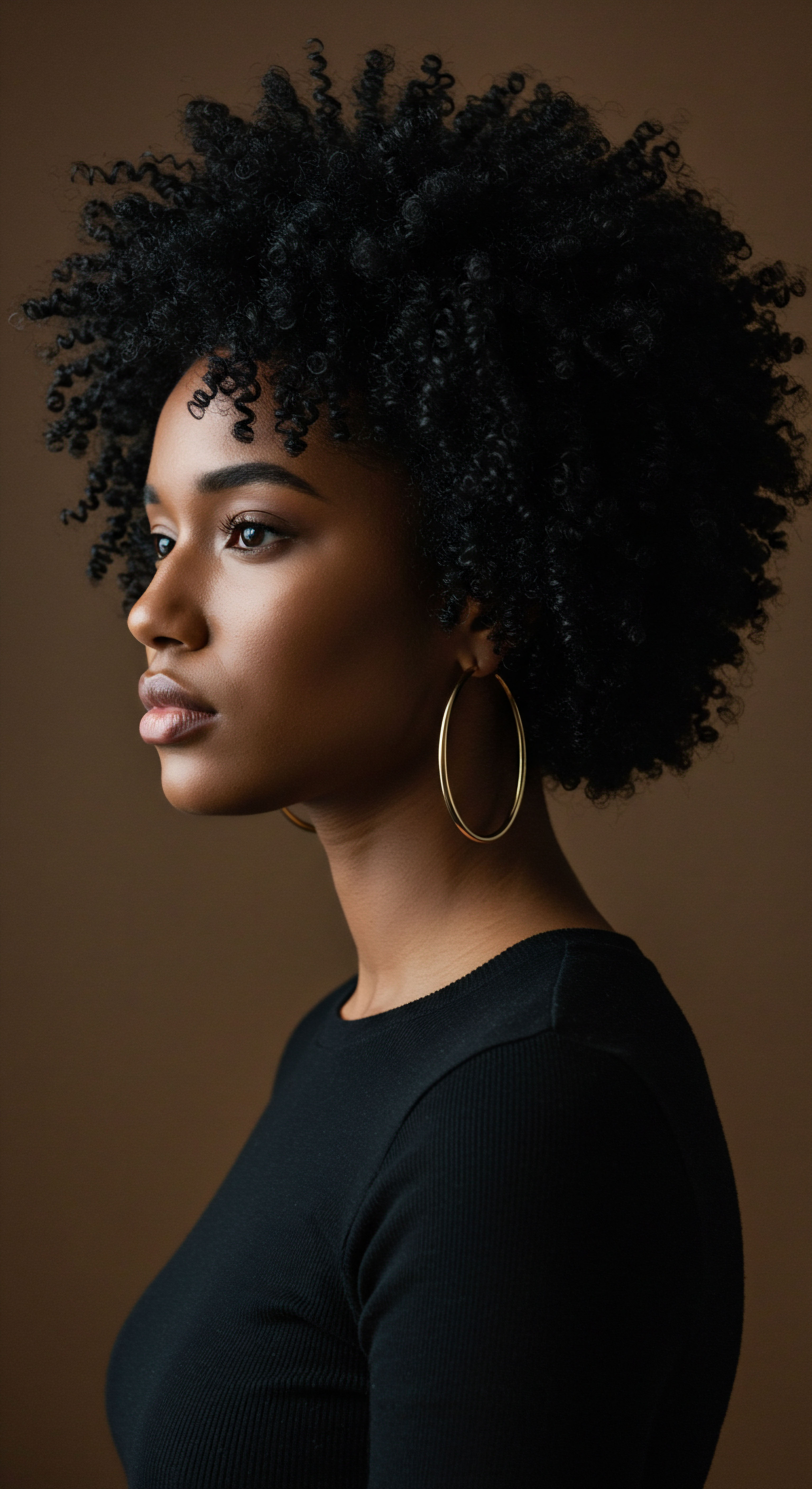
How do Societal Norms Influence Head Covering Choices?
Societal norms exert a powerful, often subtle, influence on choices surrounding head coverings. This influence can manifest as social coercion, encouraging conformity to established practices, or as a catalyst for reinterpretation and adaptation.
- Internalized Norms ❉ Within communities, wearing a head covering can be deeply internalized as a norm, a sign of respect, or a symbol of moral uprightness. Deviation from these norms can lead to social scrutiny or even ostracization.
- External Pressures ❉ Outside the immediate community, external pressures, including discrimination or misperception, can also shape decisions. Some individuals may choose to alter their head covering style or even forgo it in certain contexts to avoid negative attention or to navigate a dominant cultural landscape.
- Fashion and Modernity ❉ Head coverings are not immune to the currents of fashion and modernity. Designers create contemporary styles that blend traditional elements with modern aesthetics, allowing individuals to express their cultural belonging in ways that feel current and personal. This dynamic adaptation ensures the continued relevance of these practices.
The conversation around head coverings is a continuous relay, passing from historical precedent to contemporary interpretation, from individual choice to collective societal impact. It is a testament to the enduring power of these garments to communicate, to connect, and sometimes, to challenge.
| Aspect of Impact Social Identity Formation |
| Description Visual markers reinforce group membership and personal identity. |
| Examples/Considerations Kippah for Jewish men, Hijab for Muslim women |
| Aspect of Impact Perception by Others |
| Description Head coverings can trigger stereotypes or biases in diverse societies. |
| Examples/Considerations Sikh turbans and foreigner perception, Hijab and attractiveness ratings |
| Aspect of Impact Discrimination & Legal Challenges |
| Description Policies of "neutrality" can disproportionately affect wearers. |
| Examples/Considerations School bans in France, employment discrimination cases |
| Aspect of Impact Cultural Adaptation |
| Description Styles evolve to blend tradition with modern aesthetics. |
| Examples/Considerations Contemporary headwrap designs, fashionable abayas |
| Aspect of Impact The public display of head coverings can significantly influence social interactions and perceptions within and between cultural groups. |
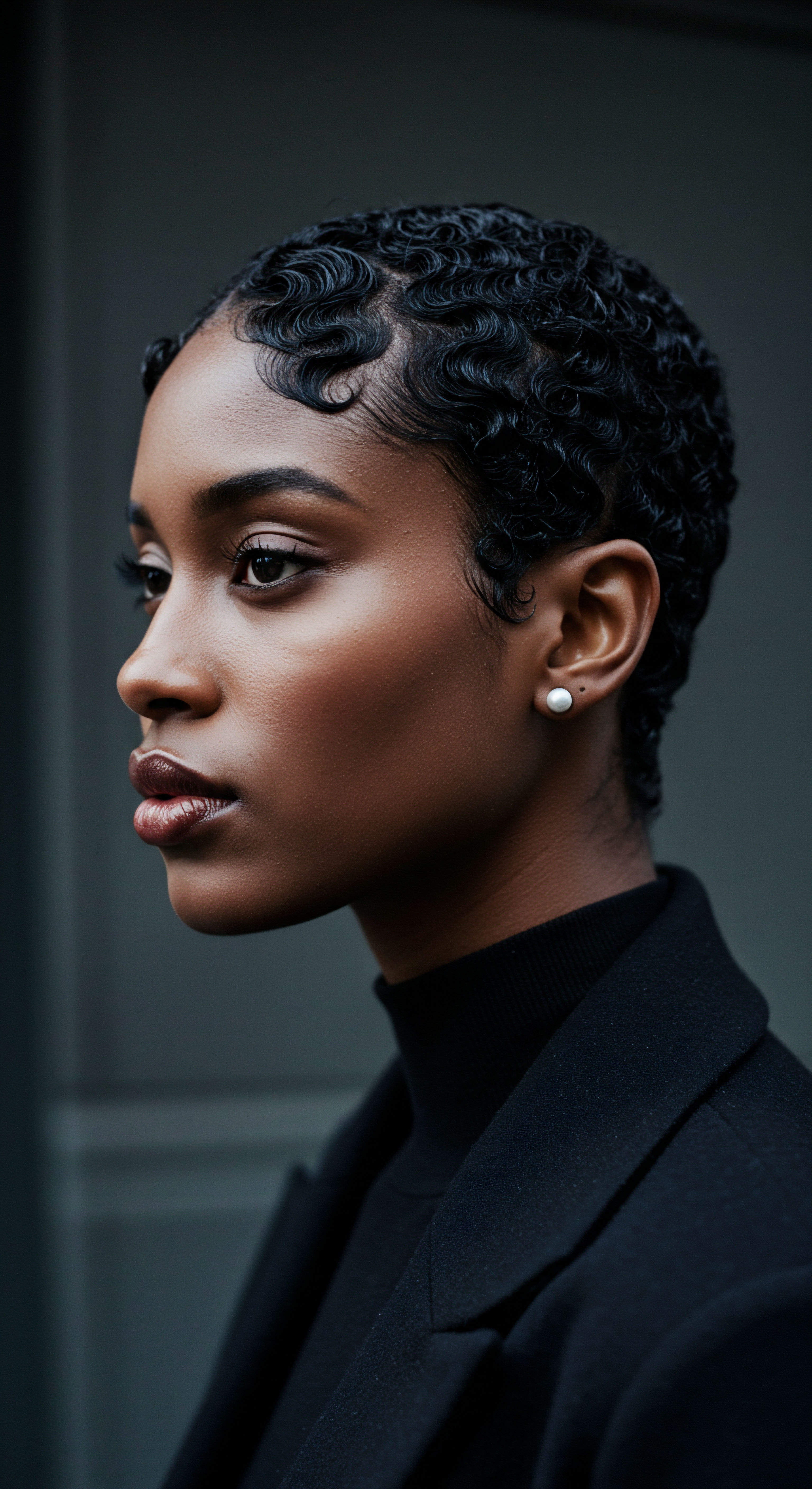
Reflection
As we gently draw the curtain on this exploration of head coverings and their profound connection to cultural belonging, a deeper appreciation for their silent eloquence remains. These pieces of fabric, so seemingly simple, hold within their folds centuries of stories, beliefs, and identities. They are not static artifacts but living expressions, constantly reinterpreted by each generation, adapting to new landscapes while steadfastly holding onto the essence of what it means to belong.
From the intimate ritual of daily donning to the public declaration of collective identity, head coverings continue to whisper tales of heritage, resilience, and the enduring human desire for connection. They remind us that the most profound expressions of self are often found in the delicate interplay between personal choice and the deep currents of cultural legacy.

References
- Chico, Beverly. Hats and Headwear Around the World ❉ A Cultural Encyclopedia. ABC-CLIO, 2013.
- Fonseca, Xavier, Stephan Lukosch, and Frances Brazier. “Social Cohesion Revisited ❉ A New Definition and How to Characterize It.” The European Journal of Social Science Research 32, no. 2 (2019) ❉ 231–53.
- Goffman, Erving. Stigma ❉ Notes on the Management of Spoiled Identity. Prentice-Hall, 1963.
- Kret, Mariska E. and Beatrice de Gelder. “The Headscarf Effect Revisited ❉ Further Evidence for a Culture-Based Internal Face Processing Advantage.” Frontiers in Psychology 12 (2021) ❉ 663674.
- Lindholm, Christina. “The Politics of Christian and Muslim Women’s Head Covers.” Textile Society of America Symposium Proceedings 11, no. 1 (2008).
- Milligan, Amy K. “Jewish Head Coverings.” Adventures in Jewish Studies, podcast. Association for Jewish Studies, 2023.
- Rahman, A. S. “My hijab reflects my identity rather my religion ❉ Perspectives towards wearing the hijab by a sample of Palestinian university female students in Israel.” DergiPark (2019).
- Sleeman, Margaret. “Medieval Hair Tokens.” Forum for Modern Language Studies 17, no. 4 (1981) ❉ 322-332.
- Stutesman, Drake. Hat ❉ Origins, Language, Style. Reaktion Books, 2018.
- Swami, Viren, et al. “The influence of the hijab (Islamic head-cover) on perceptions of women’s attractiveness and intelligence.” Journal of Cross-Cultural Psychology 45, no. 1 (2014) ❉ 149-158.
- Synnott, Anthony. “Shame and Glory ❉ A Sociology of Hair.” British Journal of Sociology 48, no. 3 (1987) ❉ 381-413.
- Tiwari, Aditi. “Cultural Appropriation and the Plains’ Indian Headdress.” VCU Scholars Compass (2017).
- Wadsworth, A. “Religious head covering, being perceived as foreigners, victimization, and adjustment among Sikh American adolescents.” Psychology of Religion and Spirituality 11, no. 3 (2019) ❉ 267.